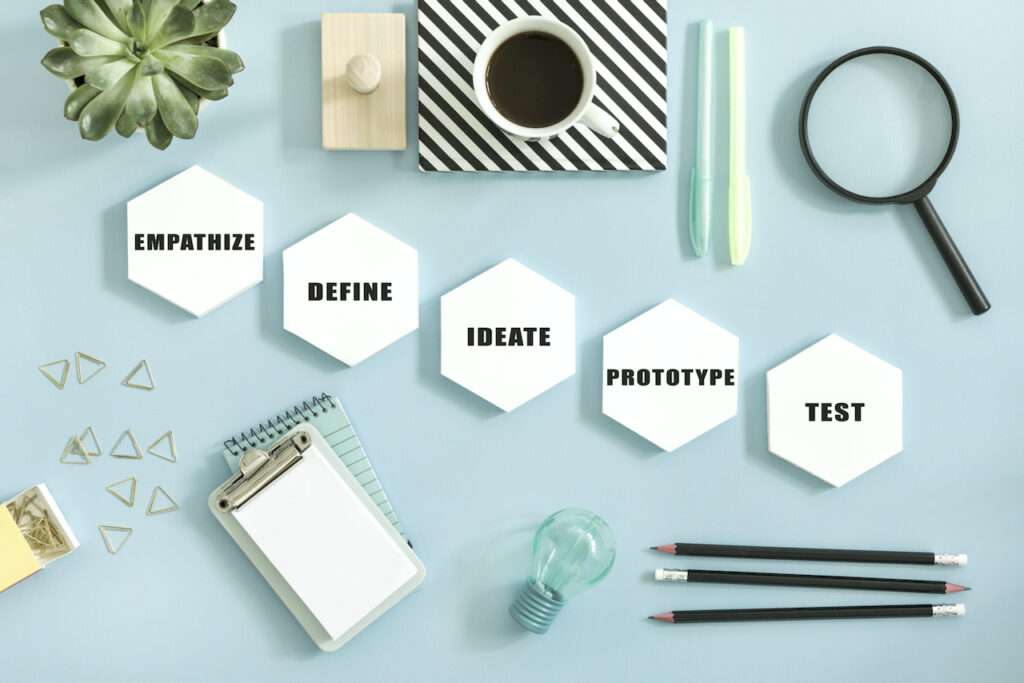Combining an MBA with a focus on interior design is a strategic decision that can significantly enhance career opportunities, providing the business acumen needed to thrive in the competitive design industry. This unique combination allows professionals to blend creative expertise with solid business skills, opening doors to entrepreneurial ventures and leadership roles in established firms. Here, we explore how an MBA complements a career in interior design and the diverse opportunities it offers.

Enhancing Business Skills
Pursuing an MBA equips interior designers with crucial business skills. Understanding financial management, for example, is essential for maintaining a profitable interior design business. With this knowledge, designers can better manage budgets, plan finances, and control costs, ensuring projects are completed within financial constraints while maximizing profitability.
Moreover, marketing and branding skills gained through an MBA program are invaluable. These skills enable designers to effectively promote their services, build a strong brand identity, and reach a wider audience. Strategic planning is another key area where an MBA provides a significant advantage. The ability to think strategically is vital for long-term business planning and growth, helping designers to stay ahead in a dynamic market.
Leadership and Management
Leadership and management are at the core of any successful business. An MBA program develops these skills, enabling designers to lead and manage teams effectively. This is particularly important in interior design, where collaboration with designers, contractors, and clients is essential for successful project completion.
Project management is another critical skill that an MBA enhances. Managing large-scale projects involves coordinating timelines, resources, and client relationships. With strong project management skills, interior designers can ensure that projects are delivered on time, within budget, and to the client’s satisfaction.
Entrepreneurial Skills
For those with an entrepreneurial spirit, an MBA provides the knowledge needed to start and grow a successful design firm. Business development skills help in identifying new market opportunities and expanding the client base. Understanding the nuances of starting a business, securing funding, and scaling operations are invaluable for anyone looking to venture into the entrepreneurial world.

Networking Opportunities
One of the often-overlooked benefits of an MBA program is the networking opportunities it provides. Students can connect with industry professionals, potential clients, and business partners. This network can be a valuable resource for mentorship, partnerships, and business opportunities, providing a support system that can significantly impact career growth.
Diverse Career Opportunities
Combining an MBA with interior design opens up a range of career opportunities. For instance, starting and running your own interior design firm allows you to leverage business skills to ensure sustainability and growth. Alternatively, executive roles such as CEO or COO in established design firms enable you to focus on business operations, strategy, and growth, using your unique combination of skills to drive success.
Consulting is another viable career path. As a business consultant, you can help other interior design firms improve their business practices and strategies. Additionally, real estate development is an area where this combination of skills is particularly valuable, allowing you to develop and manage real estate projects with a keen eye for design and a solid understanding of business principles.
Educational Pathways
There are several pathways to combining an MBA with interior design. Some universities offer MBA programs with a specialization in design management or creative industries. Dual degree programs that combine an MBA with a Master’s in Interior Design or related fields are also available. For those looking for a more flexible option, short-term courses and certifications in business management, marketing, and finance tailored for design professionals can provide the necessary skills.

Schools and Programs
Several institutions offer programs that integrate business and design education. For example, Parsons School of Design in New York offers programs that blend design thinking with business strategy. Harvard University provides design leadership programs through the Graduate School of Design, while IE School of Architecture and Design in Spain offers an MBA in Architectural Management and Design. Domus Academy in Italy offers an MBA in Design, Fashion, and Luxury Goods, catering to those looking to specialize in these areas.
Conclusion
The addition of an MBA to interior design can significantly enhance career prospects by equipping professionals with the necessary business skills to manage and grow a design business effectively. This combination broadens career opportunities, empowering individuals to make a substantial impact in the interior design industry. Whether you aspire to start your own firm, lead an established company, or consult on business strategies, this unique blend of skills is a powerful tool for success.

Learn more about the business aspects which comes after design process is completed and how you could create a change in the industry by viewing the story of Nicole Gibbon (the founder of Clare Paint, a venture-backed direct-to-consumer startup).